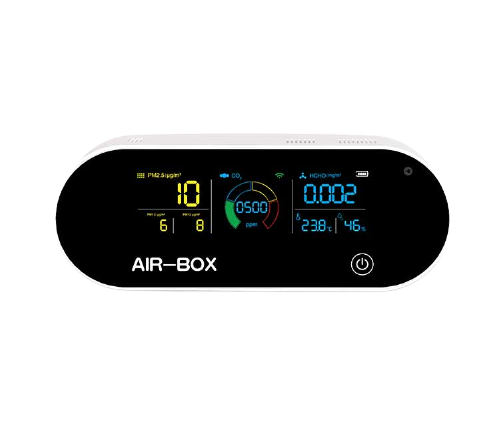Affects of increased CO2 levels on human health

Exposure to carbon dioxide (CO2) poses direct risks to human health. But, at lower levels than previously thought, research has found.
Reviewing current studies on the subject, American academics concluded new research. That exposure to ambient CO2 in indoor environments can have harmful effects on the human body at much lower levels. Hence, causing health problems. Some of which are inflammation reduced cognitive performance, and kidney and bone problems.
They found these health problems can be caused by exposure to CO2 levels. That can be as low as 1,000 parts per million (ppm). A far lower limit than the 5,000 ppm level that had been widely accepted, researchers said.
The findings are published in the journal Nature Sustainability. They sum up a growing body of research into CO2’s health effects. Which have to date been less explored than the effects of particulate matter (PM2.5) or nitrogen oxide (NOx).
‘This early evidence indicates potential health risks at CO2 exposures as low as 1,000 ppm—a threshold that is already exceeded in many indoor environments with increased room occupancy and reduced building ventilation rates,’ the study summarised.
Research:
Those behind the research looked at a total of 18 studies into human exposure to CO2, as well as CO2’s health effects on both humans and animals.
The researchers cited mounting evidence that CO2 levels as low as 1,000ppm can cause health problems, even if people are only exposed to them for an hour or two.
They found that CO2 levels exceeding 1,000ppm have already been observed in crowded and poorly ventilated rooms such as classrooms, offices, and bedrooms as well as air-conditioned public transport and planes – all places where humans can spend several hours at a time.
Collating the findings of numerous studies, the academics summarised that acute exposure to high CO2 levels can have ‘adverse health outcomes’, citing studies that observed inflammation and reduced cognitive performance above 1,000ppm.
Chronic exposure to levels between 2,000ppm and 3,000ppm can have even worse impacts as this was linked to effects including kidney calcification and bone demineralization.
The team behind the study warned that human CO2 exposure may be a growing problem in the coming years as projections suggest that by 2100 outdoor CO2 levels in some cities could exceed 1,000ppm for parts of the year.
‘Continuous exposure to increased atmospheric CO2 could be an overlooked stressor of the modern and/or future environment,’ the study suggested.
The researchers concluded by saying further research is needed to find ways to mitigate exposure to indoor CO2, especially for children and vulnerable people, and to fully understand its potential health effects.
Why Do We Need to Measure CO2?
High and unmonitored Co2 concentrations can cause headaches, nausea, dizziness, and a stinging sensation. Higher amounts can cause breathing difficulties (shortness of breath), perspiration, tiredness, vomiting, or increased heart rate. At extremely high Co2 levels, it may lead to unconsciousness.
Though the ambient air contains diluted Co2, this is not evident within a building or in a confined space, such as a restaurant, bedroom, or workplace. This is even worse in populated areas with poor ventilation systems such as schools, banks, and auditoriums.
Therefore, regular monitoring of carbon dioxide levels is essential to ensure proper and timely management of Co2 levels. Co2 Levels in the outside (or atmospheric) air are approximately 400ppm (parts per million). Humans emit between 35,000 and 50,000 ppm of Co2 into the environment on average.
If this volume of Co2 remains in a closed space, it can be detrimental to health. Therefore, a Co2 monitor is a piece of essential safety equipment that must be used along with the existing ventilation system.
Benefits of a Co2 Monitor
- Improves sleep quality and mental health
- Balanced Co2 levels help increase cognitive functions
- Promotes a healthy lifestyle and boosts the immune system
- Due to poor air quality, sick building syndrome is caused, which is prevented with co2 monitor
- Reduces Pollution



